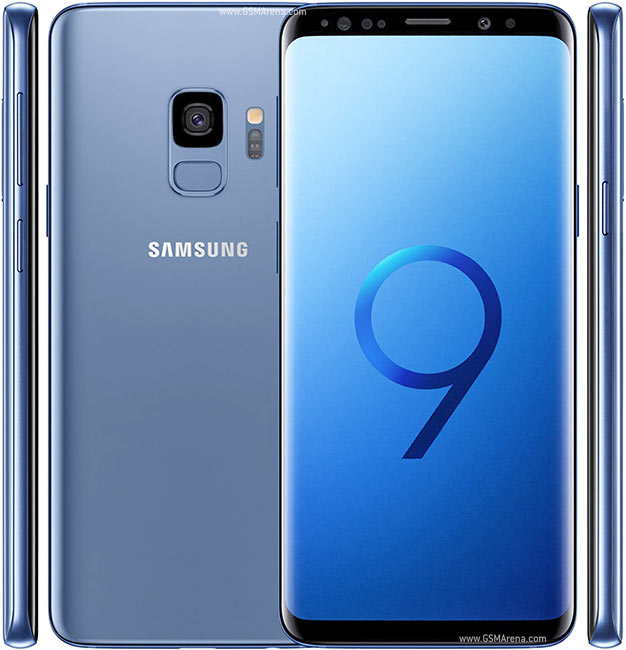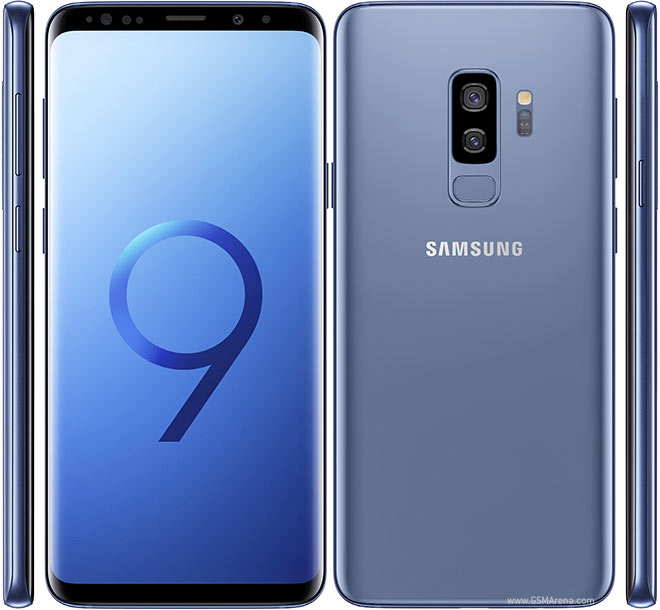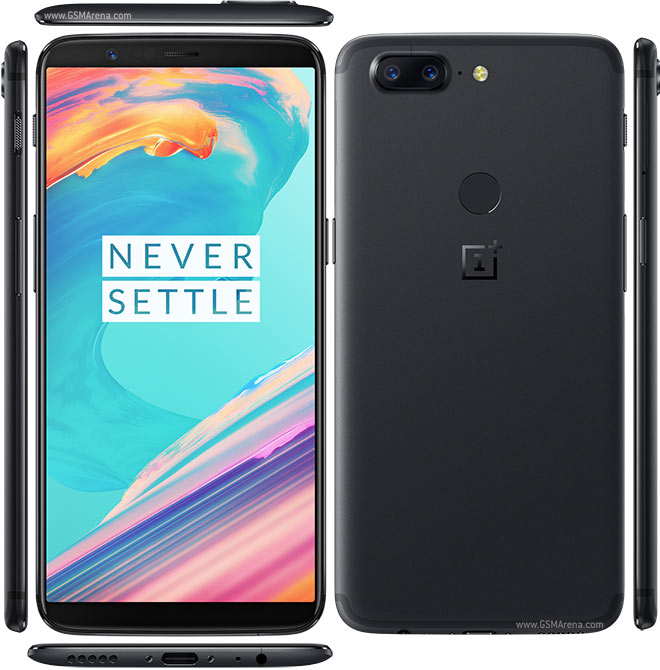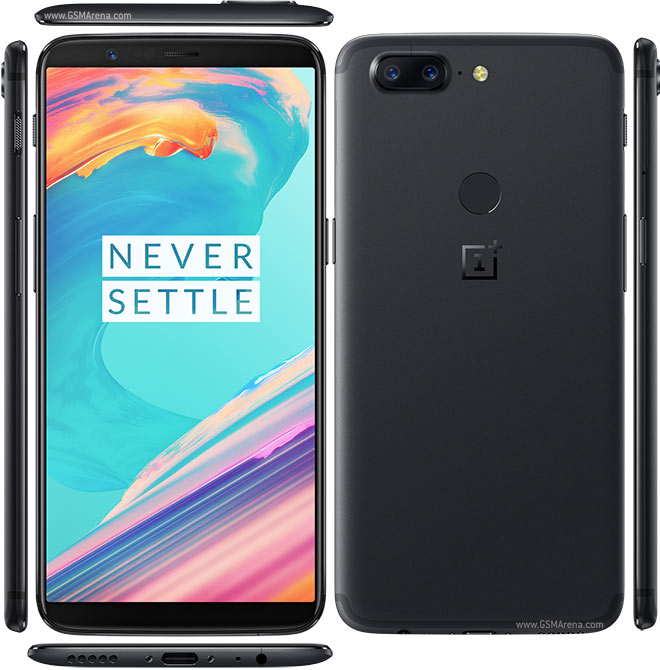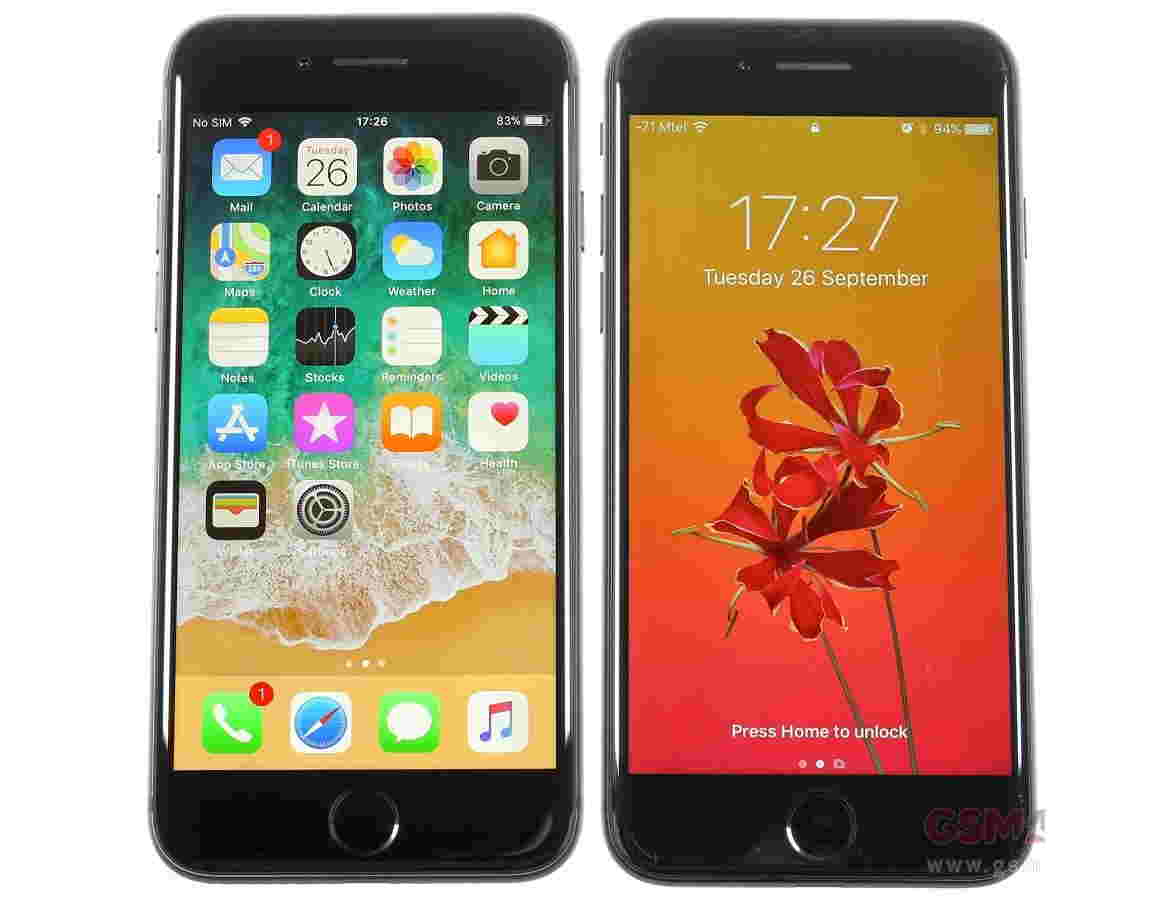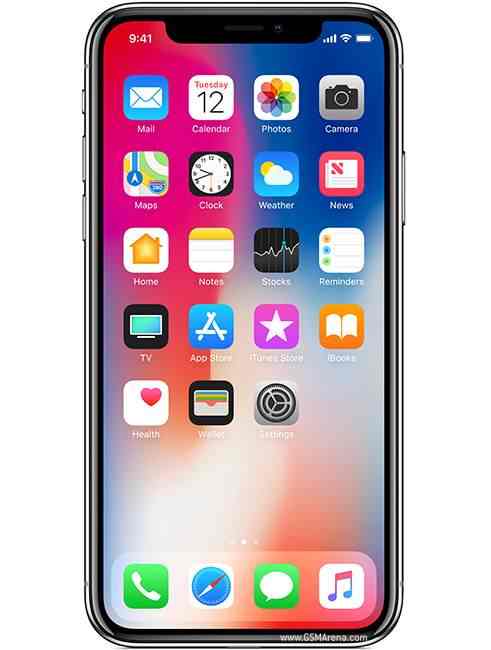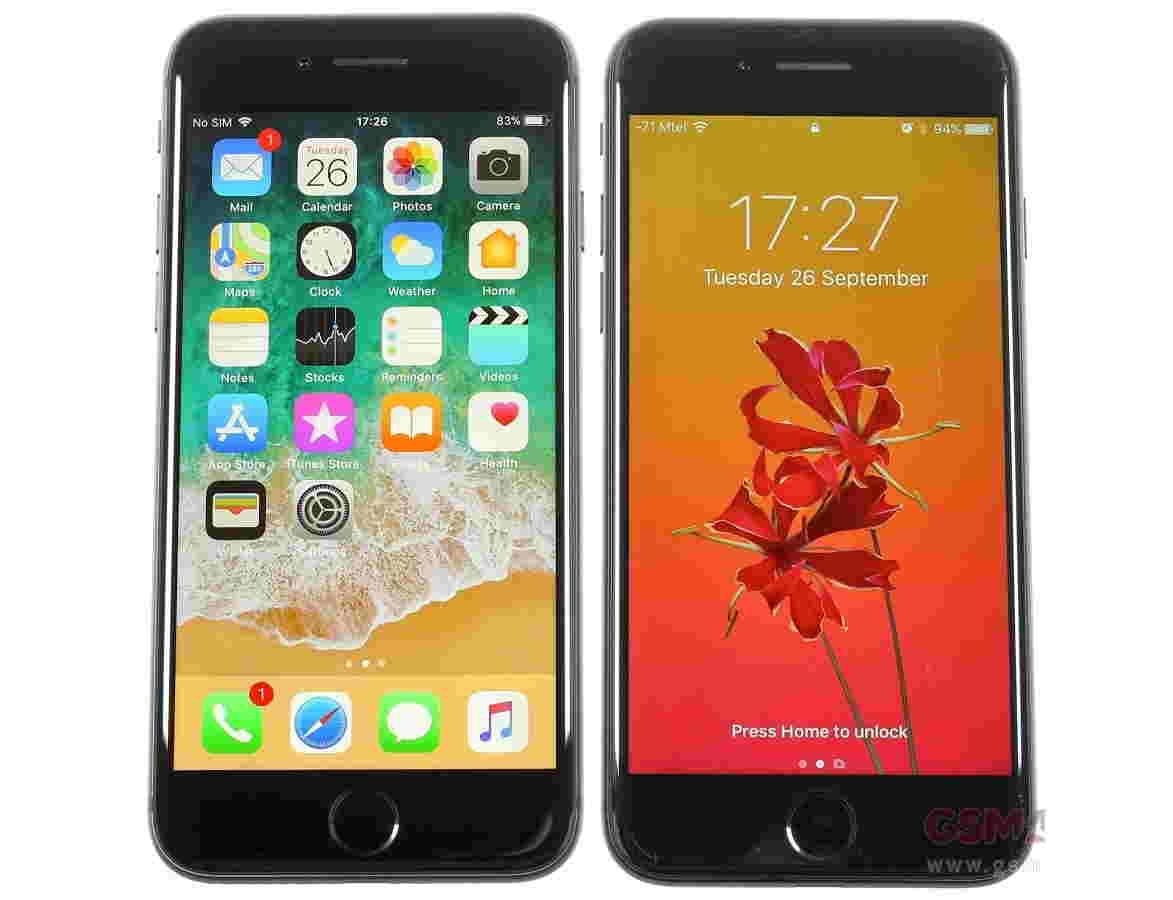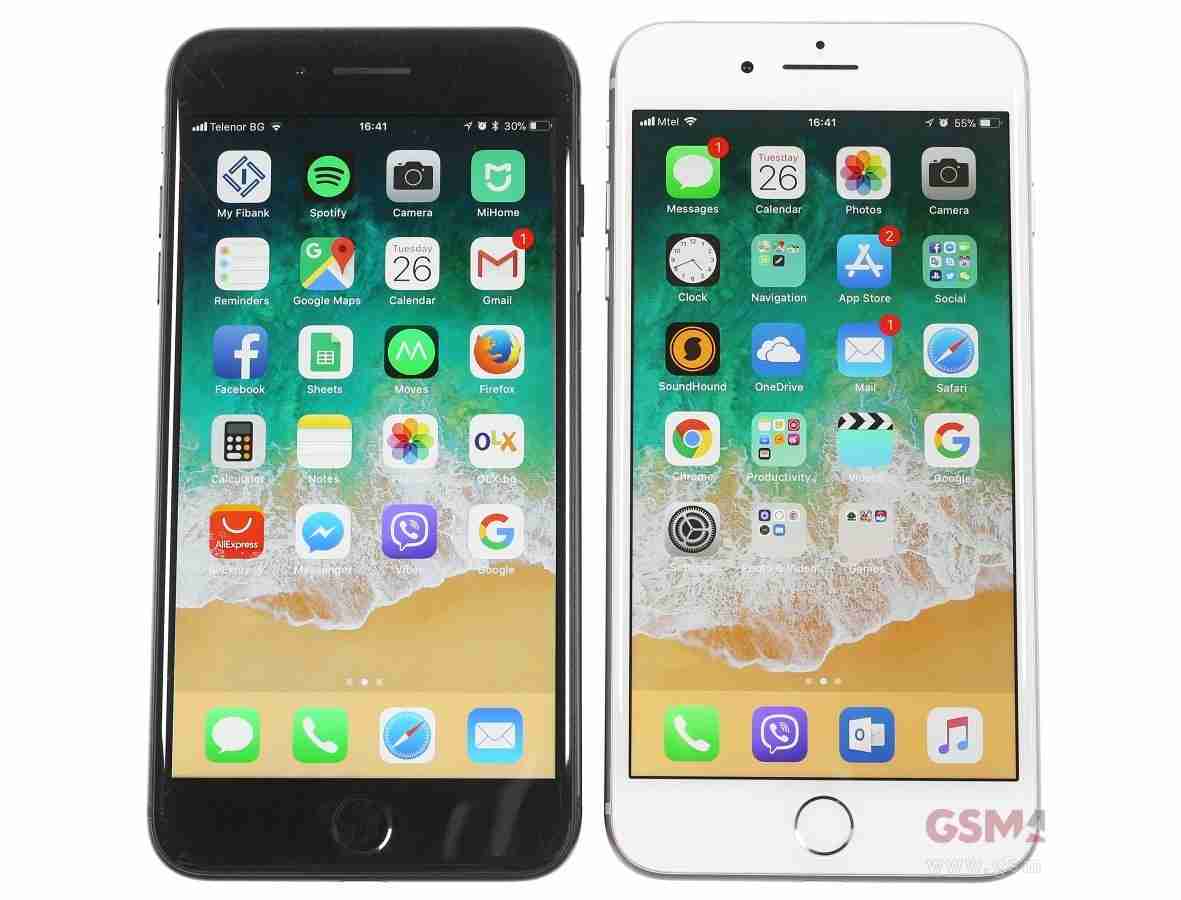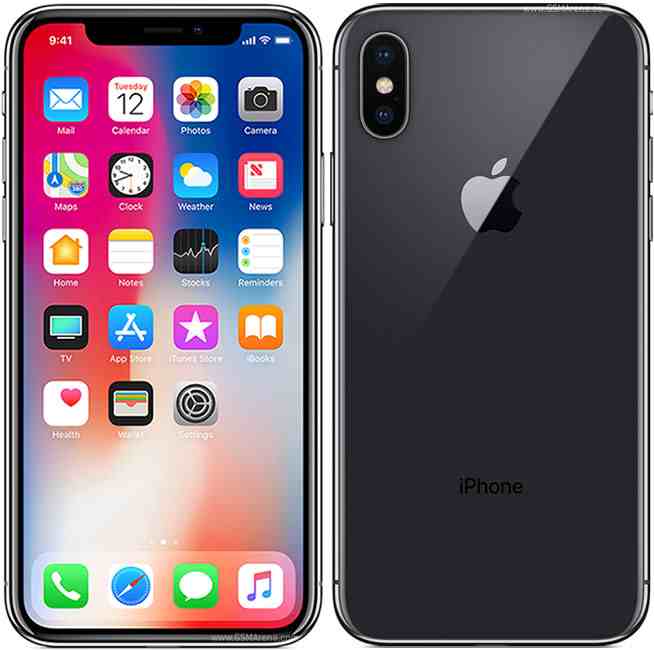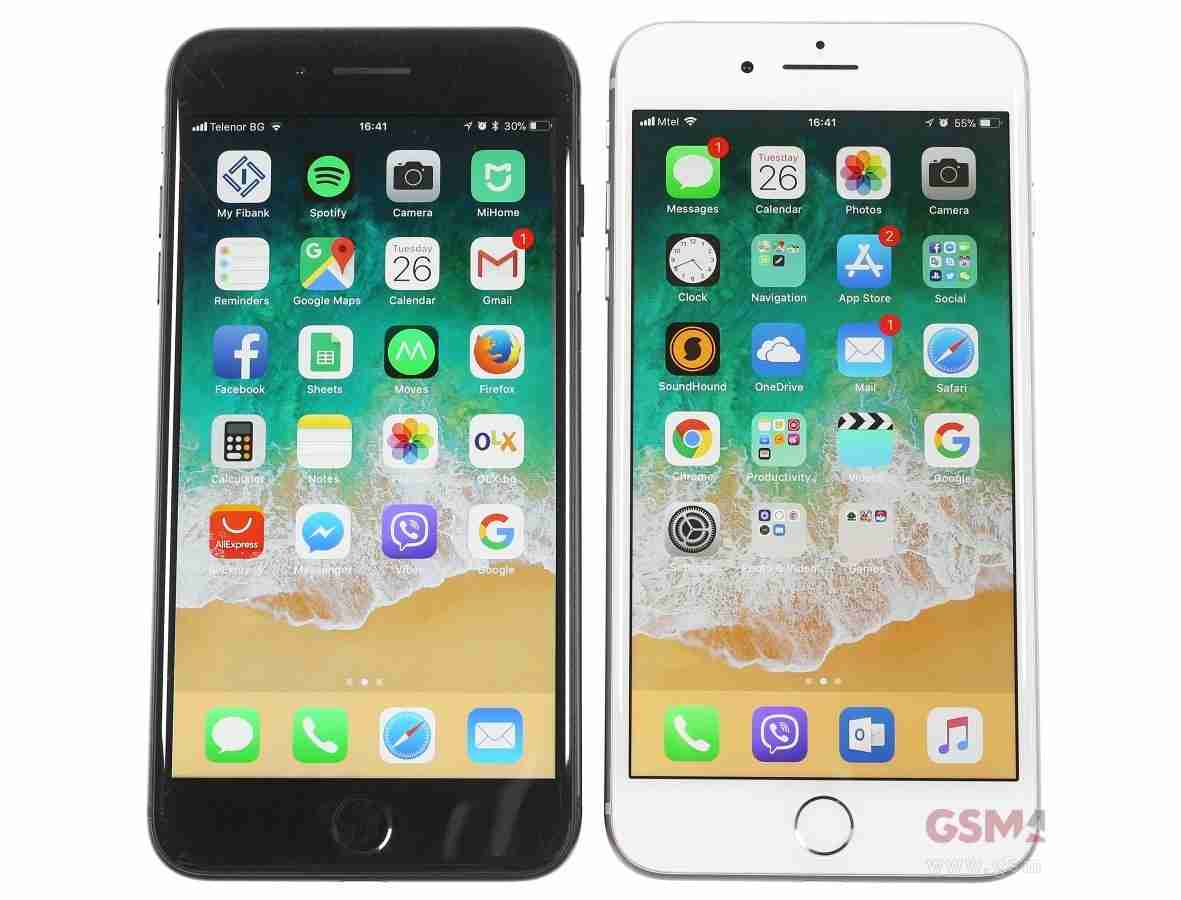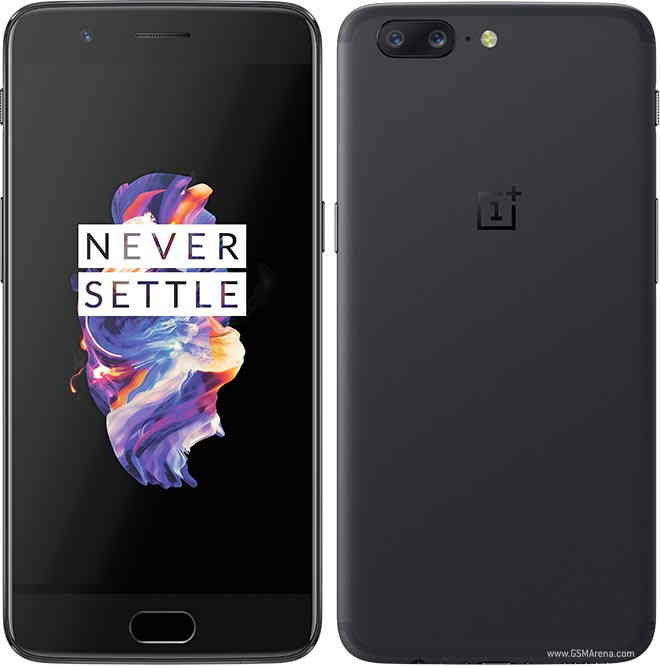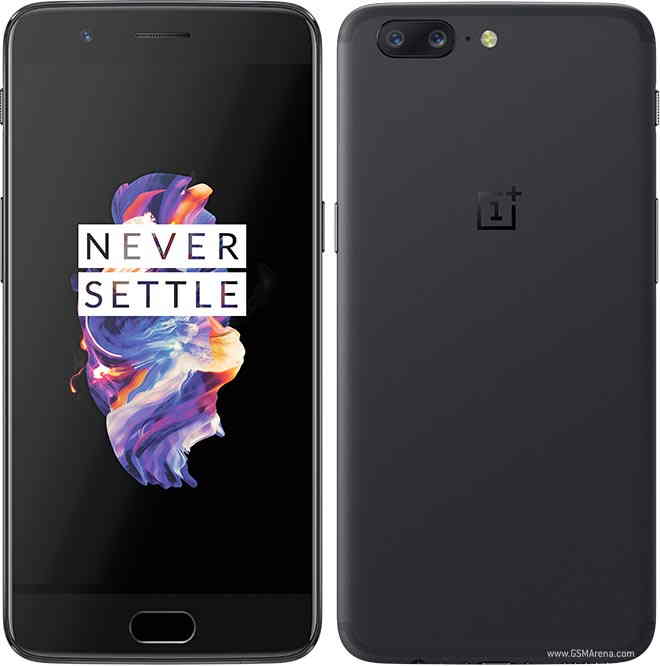
Tech moves fast, so what does 2015 have in store for laptops? We reveal what to look for in a new laptop in 2015. Also see: Best laptops 2014/2015; Best budget laptops 2014/2015; Best Chromebooks 2014/2015 and Best gaming laptops 2014/2015.
The laptop PC industry, like many, is risk-adverse and so prefers to copy what it sees as a financially successful idea rather than innovate for itself. So in the mass market of consumer laptops, which notwithstanding Google’s efforts with Chromebooks is still mostly self-selecting as Windows laptops, we will continue to see notebook computers that are low-cost and lower-quality copies of the Apple MacBook Pro.
Apple has striven for outstanding battery life, ease of use and freedom from anti-user add-ons such as sponsored bloatware. And with Intel’s advances in developing low-power x86 chips for Apple Macs, the typical Windows laptop now has a runtime longer than two- or three hours. In 2015, expect to see the average Windows laptop run for as long as six hours.
Ease of use took a dramatic backwards leap from a preceding low start point with Windows 8, but Microsoft’s urgent need to remedy this means that Windows 10 in 2015 should at least let people find their way, with the face-losing reinvention of the Start Menu. But increased pressure from other platforms and other ways to compute on the move means that sales figures for the few remaining Microsoft-aligned laptop makers will dwindle further, so you may see even more unwanted software on your laptop as manufacturers try tobreak even.
Expect to find - beside the usual McAfee/Norton, Microsoft Office trials, Dropbox, eBay and Amazon desktop decorations - animated wallpaper sponsored by local fast-food restaurants. (Who knows, further discounts might even be offered to laptop buyers who agree to a copromotion with McDonalds thatrequires an ‘I’m lovin’ Windows’ logo tocover their laptop lid.)
Ultrabook used to be Intel’s synonym for ‘MacBook Air with Windows’, until the chipmaker cooked up a scheme with its software partner to create the Ultrabook Touch. Unfortunately, neither company got the memo that said consumers don’t want touchscreen laptops because they’re overpriced for the average user’s budget. Nor did they get the results from usability labs that detailed how the Windows desktop spectacularly fails as a touch-controlled computing interface.
Touchscreen laptops will fade further from view, and Windows laptop buyers will continue to prioritise cheapness. Those touchy few that do leak out will continue 2014’s design trend, using the lowest-grade TFT available, with image quality so poor it will be of primary benefit to people whose touch experience is heightened by their knowledge of braille.
Meanwhile, 2015 will see Apple introduce its first ARM-powered laptops, building on its currently surprising position as the only computer company that can design a decently fast 64-bit RISC processor.And onethat doesn’t require an actual fusion drive to power it.
With the Apple A8X chip in 2014’s iPad Air 2 now faster than Intel’s attempts at making its battery-efficient CPU line, the MacBook maker will push home its advantage and make fanless laptops that go beyond the MacBook Air’s current 12-hour lifespan. The Mac operating system, OS X, will mutate again back to its RISCy roots, leaving users and developers to work out what software will still work on their Macs. Again.
Competing with Microsoft in the consumer category labelled ‘barrel’s bottom’, Google Chromebooks will receive a marketing overhaul, now in good faith renamed as Telescreens. Users who remain unaware of the chilling effects of having their every keystroke and facial expression recorded will continue to take delight that at least they don’t have to worry about backups.
In all seriousness, though, we’re likely to see more Chromebooks launched and cheaper Windows laptops will benefit from the Intel Core M series of low-power chips, with performance to match. The biggest newsfor laptop users in 2015, then is Windows 10.




